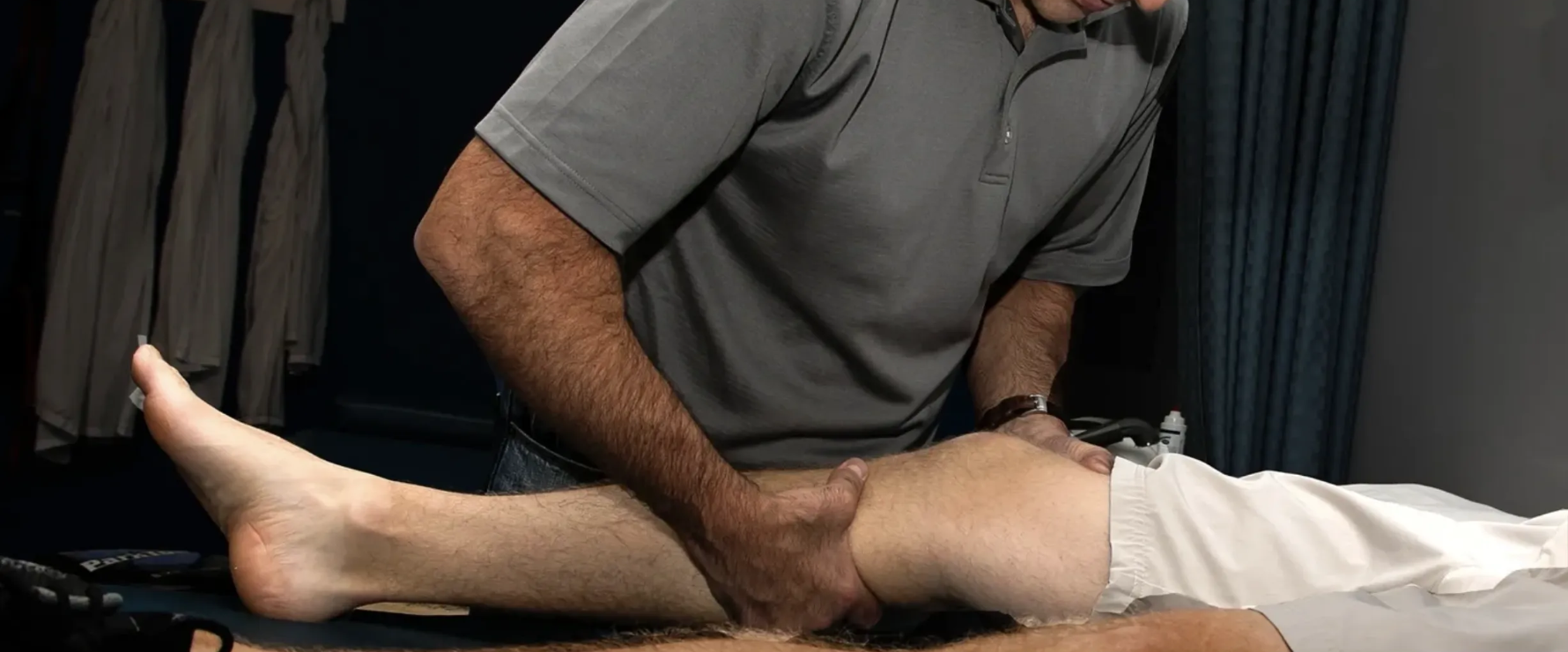Included in the Orthopedic Health Check-Up
Comprehensive orthopedic health check-ups in Cuba are developed according to each individual’s specific needs with a focus on early detection of orthopedic conditions and personalized risk factors, as well as on and providing guidance on lifestyle changes and preventive measures.
An orthopedic assessment program in Cuba involves several key components:
Patient History
- Medical History: Collect detailed information about past medical conditions, surgeries, medications, allergies, and family medical history.
- Main Complaint: Identify the primary reason for the visit, including the onset, duration, and nature of the pain or dysfunction.
- Pain Assessment: Use pain scales (e.g., visual analog scale) to quantify pain intensity, location, frequency, and any aggravating or alleviating factors.
- Functional History: Evaluate the impact of the condition on daily activities, work, sports, and overall quality of life.
Physical Examination
- General Inspection: Observing the patient’s posture, gait, and any visible deformities or abnormalities.
- Palpation: Feel the affected areas for tenderness, warmth, swelling, or masses.
- Range of Motion (ROM) Testing: Assess both active and passive movements of the joints to identify limitations or discomfort.
- Strength Testing: Evaluate muscle strength using manual muscle testing (MMT) or dynamometry.
- Neurological Assessment: Check for sensory deficits, reflexes, and motor function to detect nerve involvement.
- Special Tests: Perform specific orthopedic tests to diagnose particular conditions
Diagnostic Imaging
- X-rays: Obtain images to evaluate bone structures, alignment, fractures, and degenerative changes.
- Magnetic Resonance Imaging (MRI): Use MRI to visualize soft tissues, including ligaments, tendons, cartilage, and muscles.
- Computed Tomography (CT) Scans: Get detailed cross-sectional images of bones and soft tissues for complex cases.
- Ultrasound: Employ ultrasound for real-time imaging of soft tissues and guidance during injections.
Laboratory Tests
- Blood Tests: Analyze blood samples for markers of infection, inflammation (e.g., ESR, CRP), or autoimmune conditions (e.g., rheumatoid factor).
- Joint Aspiration and Analysis: Perform aspiration of joint fluid for analysis in cases of suspected infection or crystal arthropathy (e.g., gout).
Functional Assessments
- Gait Analysis: Evaluate walking patterns and identify abnormalities.
- Biomechanical Assessment: Assess the mechanics of movement, particularly for athletes and individuals with complex conditions.
- Balance and Proprioception Testing: Evaluate balance and proprioceptive function, especially in patients with instability or recurrent injuries.
Personalized Health Plan
- Based on the findings from consultation and diagnostic tests, the Cuban orthopedic team will develop an individualized health plan to manage and reduce risk factors. It usually includes recommendations for lifestyle modifications such as regular physical activity, weight management, smoking cessation, and alcohol moderation. Additionally, it may involve medical interventions like medications to control pain, physical therapy and surgical intervention.
Who Should Get an Orthopedic Assessment
While everyone can benefit from regular orthopedic check-ups, certain groups are at higher risk and should prioritize these evaluations:
- Older Adults: Individuals over 50 to screen for age-related conditions such as osteoporosis, arthritis, and degenerative disc disease.
- People with Chronic Conditions: People who suffer from chronic disease, for example, to monitor for complications such as neuropathy and Charcot foot.
- Individuals with Persistent Pain or Discomfort: People experiencing persistent or unexplained pain in the back, neck, joints, or muscles, those who have a reduced range of motion or difficulty performing daily activities.
- Individuals with Genetic Predispositions: Those with a family history of musculoskeletal conditions, such as hereditary arthritis or connective tissue disorders.
- Workers in Physically Demanding Jobs: People Workers in construction, agriculture, and manufacturing who perform repetitive or strenuous activities or those exposed to occupational hazards that increase the risk of musculoskeletal injuries.
- Athletes and Active Individuals: Those involved in sports that place high stress on joints and muscles.

